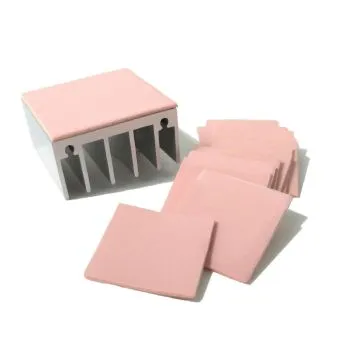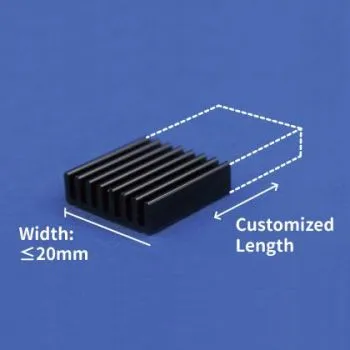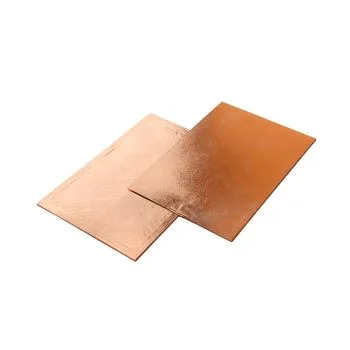In accordance with the European Union’s General Data Protection Regulation (GDPR), we are committed to safeguarding and ensuring your control over your personal data. By clicking “Accept All” you are permitting us to use cookies to enhance your browsing experience, assist us in analyzing website performance and usage, and deliver relevant marketing content. You can manage your cookie settings below. By clicking “Confirm” you are agreeing to the current settings.
Electronic Devices

In the revolutionary era of consumer electronics, all mobile phones, tablets, laptops, gaming computers, wearable devices, smart electronics, and other devices are all seeking to deliver powerful performance. As these devices become increasingly lightweight, compact, and multi-functional, effective thermal dissipation performance becomes an important topic of discussion.
Proper heat dissipation is a key success factor in product performance. As products become smaller, the space for heat dissipation is constantly being compressed. With the development of high-tech and nano-processing technologies, innovative products that process large amounts of data have emerged and more transistors have subsequently been packed into their integrated circuits. This results in higher thermal density and requires better thermal conductivity and dissipation technologies to maintain the reliability and lifetime of the products.
In the case of thin and light laptops, the typical thermal module is composed of two heat pipes, while a gaming laptop uses up to seven and can consume 100 to 200 watts. This is where the thermal module becomes an essential solution, considering heat dissipation from the outset of mechanism design and integrating a diverse range of thermal products to tackle the thermal management challenge.
Applications:
-
GPUs for Gaming Monitors
-
Industrial PCs
-
Solid State Drives
-
Laptops
-
Gaming Computers
-
Wafer Devices
-
Sputtering Devices
-
Semiconductor Devices




